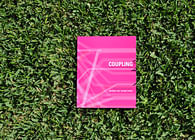
The dynamic, turbulent and unpredictable forces that comprise the weather are shared by economic cycles of production and consumption. We are on the verge of an intriguing moment wherein the cycles of economics and weather have collided to instigate a new green economy. This new deal builds upon the recent pop cultural aspects of climate change – enabling sustainable notions to permeate all facets of everyday life. While the economy has finally caught up and witnessed the consumptive aspects of ‘green’, architecture has been granted a moment to explore sustainability, which entails facing its nemesis – instability and disorder. Weather is a constant reminder that these forces are natural and exist in everyday life.
The role of the building has always been to provide order and stability to the chaotic world, the architect drawing the lines that removed turbulence by organizing pluralistic and divergent forces into a unified form. The reorganization of world economics, technology, social structures, communication, and politics calls for an architecture that is no longer resistant to this turbulence but emerges from instability itself. It is this type of architecture that is able to embrace the productive and atmospheric aspects of weather.
Predicting the duration of the green economy is as difficult as predicting the weather. Economics often determine our notions of ‘sustainability’ – materials that were once considered sustainable are now harmful, the cheapest LEED points tend to garner building medals, and notions of climatic comfort and tolerance are continually transforming. Despite this, the static and consumptive nature of architecture has seemingly become a fact. By rooting architecture in instability, it causes architects to questions their fundamental tool – form. If form could emerge from disorder instead of order and from turbulence rather than unity, architecture could initiate a dialogue with the ever-transforming weather. Arium questions and exploits the relationship of weather and architecture. Weather Permitting, architecture can now question its primary role and assess how to permit weather into its domain of order.
Featuring Contributions by: Rodolphe el-Khoury, Robert Levit, Mason White, Henry Urbach, Filiz Klassen, Marc Kushner, and Dirk Hebel. Foreword by George Baird
Status: Built
Firm Role: Editor
Additional Credits: Editors: Jürgen Mayer H. & Neeraj Bhatia
Publisher: Hatje Cantz
Graphic Designer: Eric Bury
320 pages

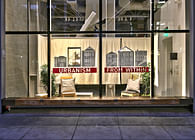

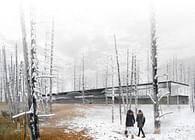
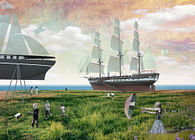

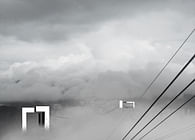
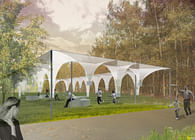
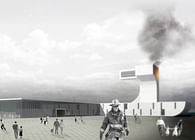



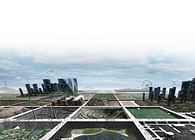
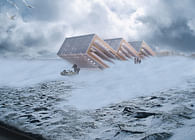
![Bracket [Goes Soft] Bracket [Goes Soft]](https://archinect.gumlet.io/uploads/fh/fhcvzt2j1lysvlgm.jpg?fit=crop&auto=compress%2Cformat&enlarge=true&crop=entropy&w=195&h=140)
